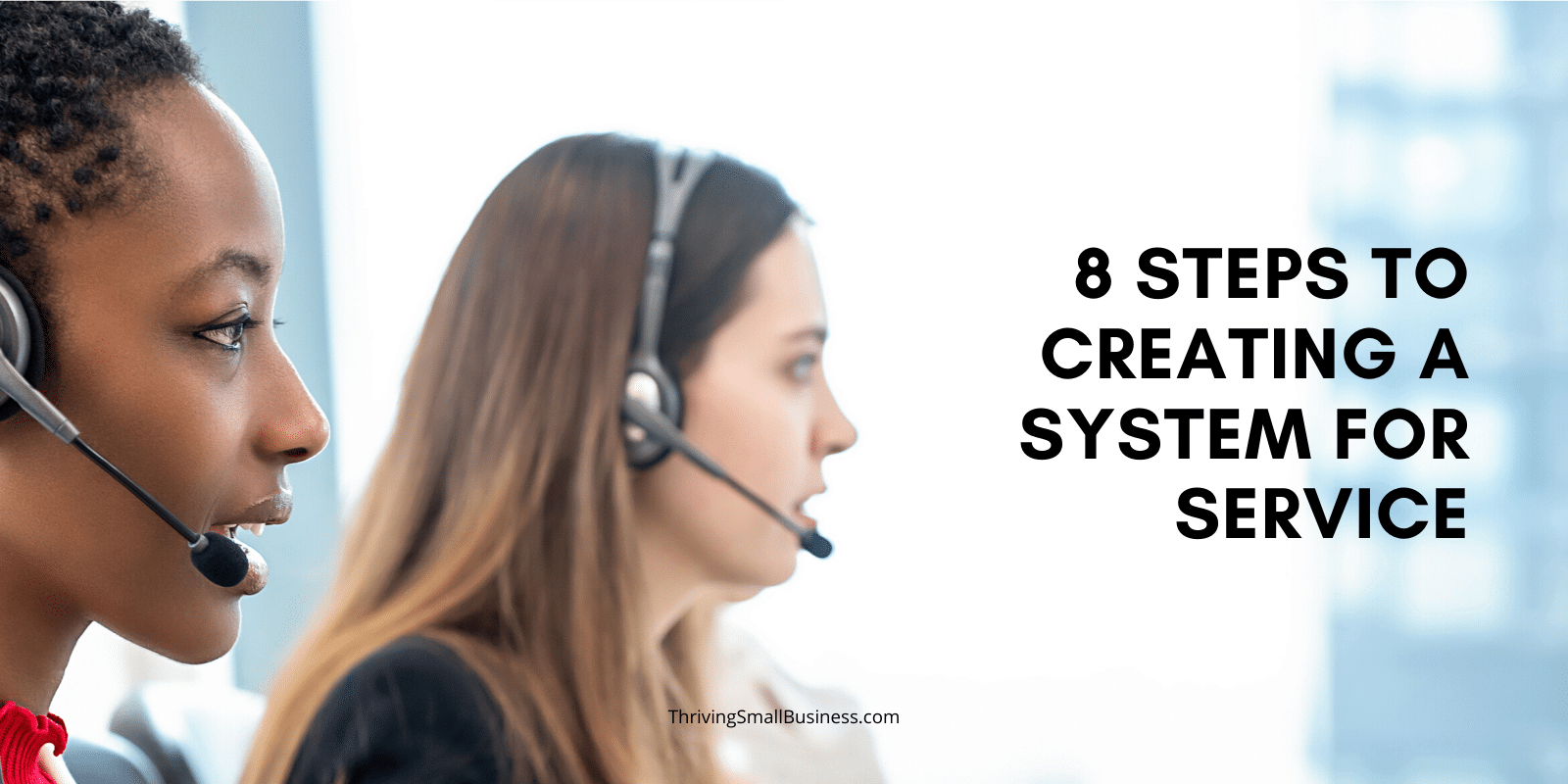How To Create a Customer Service System
Estimated reading time: 5 minutes
Many service industries have been struck by the Covid-19 pandemic of 2020.
Those businesses that can continue to provide services have learned that the bar has been raised.
Customers now expect a higher standard for sanitation, delivery processes, and a great customer experience.
For instance, most restaurants continue to abide by the shelter-in-place guidelines and only offer carryout.
These restaurants have had to pivot to create and sustain impeccable sanitation procedures while creating processes for customers to easily order, pay, and pick up food.
The process results in a great experience – which should result in return customers.
Or a bad experience that results in a one-time visit.
A tip from personal experience.
We have tried to support local restaurants by ordering carryout, and the experience is all over the map.
If you are a restaurant owner, the food packaging greatly affects how well the food sustains its freshness. Styrofoam does not work well!
Restaurants (that we have tried) that provide food packaging that is designed to reheat food in the oven work best.
What does great service look like?
Have you ever interacted with an organization that provided great service in one area and terrible service in another?
How can there be such a cultural disconnect in the service provided by the same organization?
Every interaction a customer has with an organization is an opportunity to win or lose that customer.
Unfortunately, this is a common problem with organizations that do not have a strategy for customer retention.

Organizations need to focus on how the system supports the customer.
It doesn’t matter how well-trained a salesperson is if the product getting to the customer is delayed by an inadequate fulfillment or delivery process.
All systems should work together with one goal, and that is to make the buying experience as positive as possible for the customer.
8 Steps to Creating a System for Service
1. Communicate The Vision
Consistently communicating the service vision to employees is the first step in creating a system that is focused on the customer experience.
Employees should understand how the organization started, where the organization is, and where the organization is headed.
This includes helping employees understand how what they do impacts the customer experience, which is critical to achieving corporate objectives.
2. Connect The Dots
Departments that are interdependent should have overlapping responsibilities to ensure good coordination of efforts.
This results in a seamless customer process.
For instance, the person taking food orders over the phone should understand the food preparation process so they don’t inadvertently make promises that can’t be kept.
The reality is customers don’t really care why the food order was fulfilled incorrectly.
Customers only care that they did not receive the product that was promised.
3. Set Customer Related Goals
Make sure employees have job-specific goals that support the business goals of the organization.
This should include explicit customer objectives for both internal (other departments) or external (paying) customers.
These goals should be very specific, and employees should be held accountable for meeting customer requirements.
For instance, employee goals should focus on the quality of the product as well as the efficiency of the delivery process.
4. It’s Everyone’s Job
Employees should understand the importance of everyone doing their part to take care of the customer.
Train employees to take ownership of customer issues by giving them the tools and training to meet customer requirements. Quick Trip is a best practice for training employees on customer service.
Every employee should feel responsible and empowered to help a customer as they go through the service experience.
Help employees understand that when they have an interaction with a customer, it is their moment to tend to the customer.
Teach them about service recovery, and if something goes wrong, give them the authority to make things right for customers.
5. Process Improvement
Use cross-functional teams to collaborate on process improvement opportunities identified through customer feedback.
For instance, if customers complain about the delivery process for takeout orders, gather a team to work to improve that process.
Incorporate the Focus PDCA model for customer-focused efforts to create a culture that embraces continuous improvement.
6. Train On People Skills
Not every person is naturally good at dealing with customers.
This can be because we all have different life experiences that result in different frames of reference.
This means that unless an employee understands what great service looks like, they may not be able to demonstrate it.
Help employees develop customer-friendly people skills by using customer service standards to communicate service guarantee expectations.
7. Draw A Picture
A great way to help employees understand a system is to draw it out for them.
Use a flow chart or organizational chart to show how departments interact and relate to each other to support the customer experience.
For instance, the purchasing department relates directly to the customer experience because they are responsible for ensuring all of the supplies are available to fulfill a customer’s order.
This picture of the customer experience process can be instrumental in helping employees understand the importance of what they do.
8. Performance Management
It is vital to hold employees accountable for job requirements, especially when it comes to meeting the needs of the customers.
Employees who don’t take responsibility for caring for the customers (whether internal or external) should be managed appropriately.
Poor customer service at any level should never be tolerated.
Finally, employees need to understand that it is the customer who pays the bills, and ultimately their salary. Help employees get the revelation that creating a great customer experience is everyone’s job!






